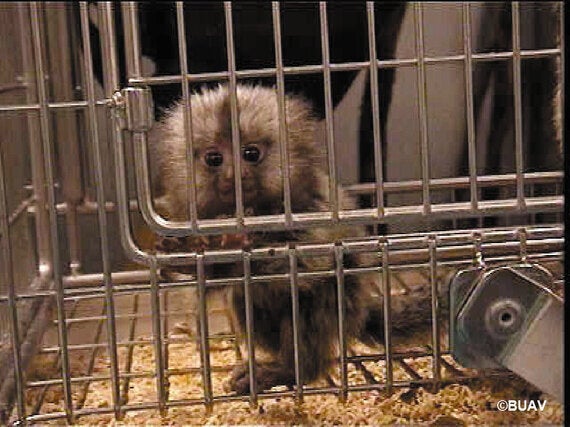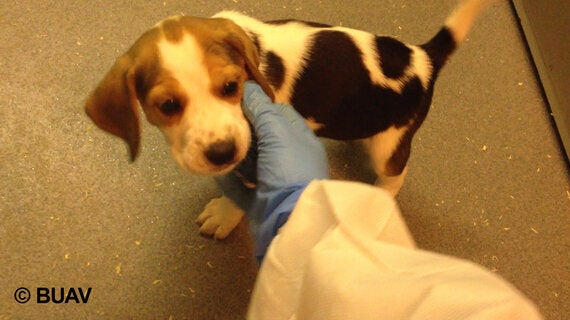The figures tell a simple, stark story. In 2010, the Government in the Coalition Agreement promised to work to reduce animal experiments. Yet, experiments rose in 2011. They also rose in 2012. And now they have risen again in 2013, to 4,121,582. The promise has unambiguously failed to be delivered.
Moreover, details show the loss of control over numbers:
•Particular concern has focused on our closest animal relatives, the non-human primates. Yet the use of these leapt by 7%, with 3,236 separate experiments done on these animals, which can involve forced immobilisation in so-called 'primate chairs', water deprivation and intense suffering.

•Another area of recent focus has been the use of dogs, with the latest research showing that dog testing in ineffective in identifying safe products for human use. Yet we see from the figures that 11% more dogs were used in 2013.

The majority of experiments now involve genetically-modified animals. Many are the result of speculative genetic manipulation, often causing suffering regardless of any experiment. And many of these animals are simply then killed without any experiment being done because they don't show the 'desired characteristics'.
Why has the Government policy failed? The key reason is that there is not - contrary to the rhetoric - an actual Government policy aimed at reducing numbers. Ministers now say blithely that "reduction" does not mean a smaller number. What they appear to mean is that they hope that the number might be smaller than it could otherwise have been - an interpretation of "reduction" worthy of Yes, Minister.
However, let's take it on its own terms. On what is this hope based? Experiments are licenced according to a Government harm-benefit test: the 22 Government inspectors supervising the system with over 4 million experiments need to decide whether the suffering inflicted is justified by whatever benefits the researcher suggests might result. This balance is entirely in the Government's control, and if Ministers were serious about "working to reduce animal experiments", they could simply instruct inspectors to raise the bar, ruling out the most marginal experiments with vague expected benefits or extreme animal suffering. An instruction to aim to reduce the numbers by even a small percentage each year would set a long-term signal and redirect effort towards the use of non-animal alternatives.
Instead, the Government insists that it is content that the system is demand-driven. This means simply that if more researchers want to do animal experiments, the number goes up. Isn't it time to admit that this approach fails to deliver any kind of Government control, and promises to work to reduce experiments are empty rhetoric?
The bottom line:
•We have over 4 million animal experiments, rising each year.
•The details of the experiment licences are a closely-guarded secret.
•Inspectors are responsible for licencing an average of nearly 200,000 experiments each, driven by demand.
•There is no target for reduction.
There is nobody in the driving seat. The system is, quite literally, out of control.
